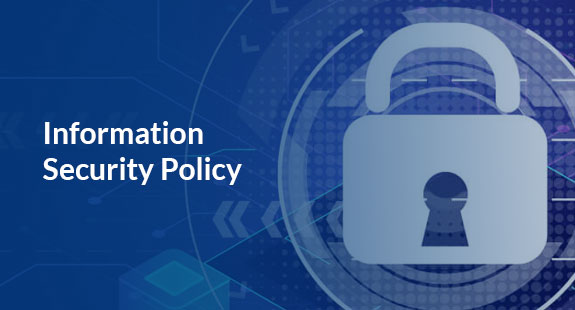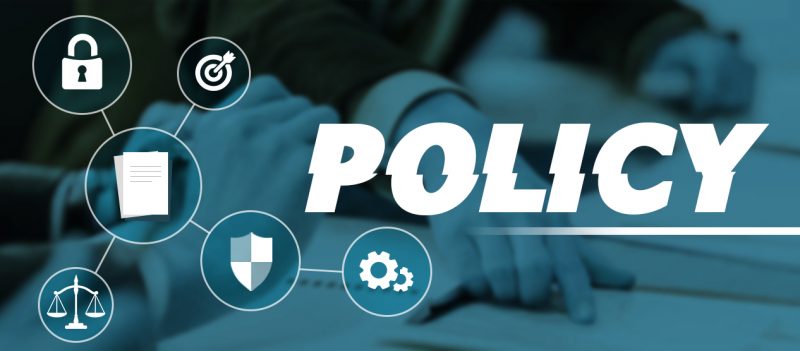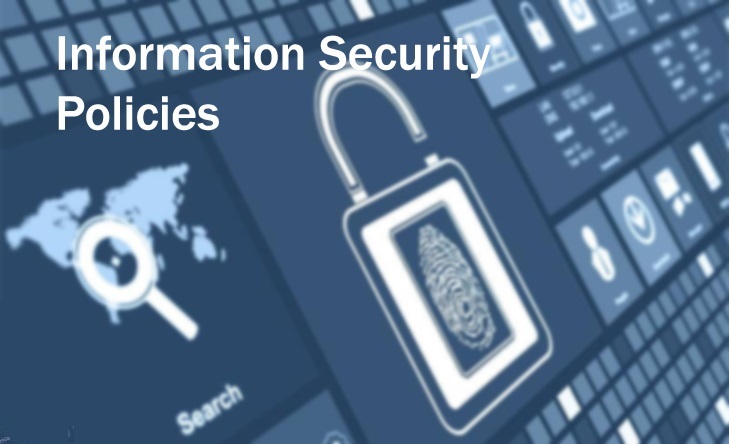In the dynamic landscape of modern technology, a robust IT strategy is essential for organizations to thrive and remain competitive. Central to this strategy are comprehensive IT policy documents that outline guidelines, procedures, and best practices for managing technology resources effectively. These documents not only establish a framework for governance but also play a crucial role in enhancing security, compliance, and operational efficiency.
1. Establishing Governance: IT policy documents serve as the foundation for establishing governance structures within an organization. By defining roles, responsibilities, and decision-making processes, these documents ensure accountability and alignment with business objectives.

2. Enhancing Security: Security policy documents are integral to safeguarding digital assets and sensitive information from cyber threats. They outline security measures, protocols, and procedures for data protection, access control, and incident response, mitigating risks and ensuring regulatory compliance.
3. Promoting Compliance: Compliance with industry regulations and standards is a top priority for organizations across various sectors. IT policy documents provide guidelines for adhering to regulatory requirements such as GDPR, HIPAA, or PCI DSS, reducing legal risks and potential liabilities.
4. Optimizing Operations: Streamlining IT operations is essential for maximizing productivity and efficiency.IT policy documents establish protocols for asset management, software usage, network configurations, and disaster recovery, enabling organizations to optimize resource allocation and minimize downtime.
5. Enabling Innovation: While security and compliance are paramount, IT policy documents should also foster a culture of innovation and adaptability. By providing guidelines for technology adoption, experimentation, and continuous improvement, these documents empower teams to explore new solutions and drive innovation.

6. Facilitating Communication: Clear and concise IT policy documents facilitate communication and collaboration among stakeholders across the organization. Whether it’s communicating security protocols to employees or sharing compliance requirements with partners, these documents ensure consistency and transparency in decision-making.
In conclusion, IT policy documents are essential tools for empowering organizations to navigate the complexities of modern technology effectively. By harnessing the potential of these documents, organizations can strengthen their IT strategy, enhance security and compliance, optimize operations, foster innovation, and facilitate communication, ultimately driving business success in today’s digital world.


















